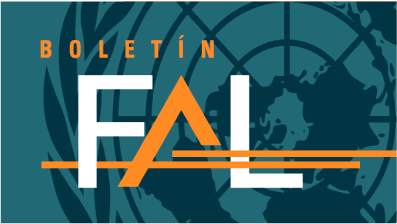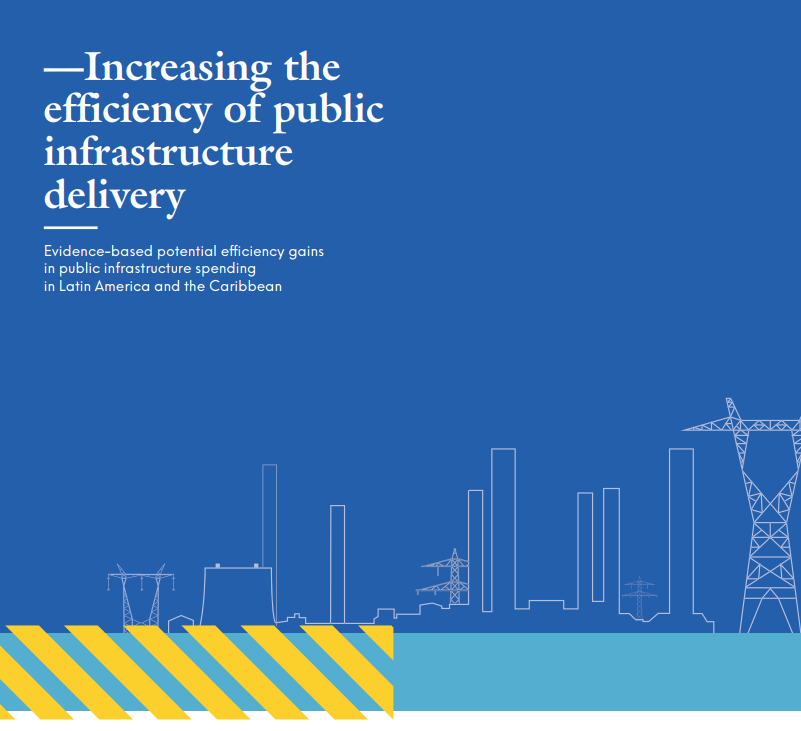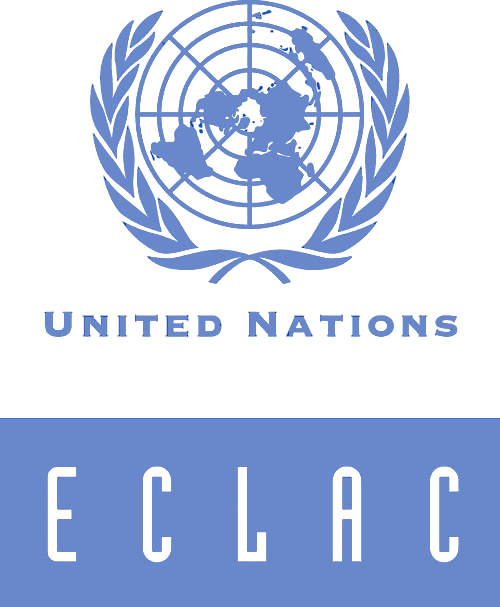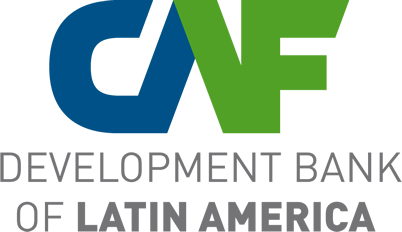Methodology
Which data do we include?
This initiative, led by CAF, ECLAC and the IDB, reports investment in economic infrastructure (defenses against floods, energy, irrigation, telecommunications, transportation and water and sanitation). We report public investment data from three government levels (national, regional and local) and from State Owned Enterprises.
Sectors
The covered sectors are concentrated on infrastructure services and utilities. Therefore, infrastructure investment related to oil and gas production and oil refinement and petrochemistry is excluded. Social infrastructure is also excluded: schools, hospitals, dwellings and security infrastructure.
We report investments for the following sectors:
1) Water: Water and sanitation (drinking water supply through the grid, provision of sanitation services); flood defenses (urban and rural projects for mitigating the effects of flooding); irrigation (facilities and systems of artificial irrigation);
2) Energy: Generation, transmission and distribution of electricity; transmission and distribution of natural gas;
3) Telecommunications: Fixed-line telephone services, mobile and satellite telephony, data and internet connection services;
4) Transportation: Roads and paths, massive urban transportation, railway transportation (infrastructure and rolling stock), aerial transportation and fluvial and maritime transportation;
Types of Projects
Public investment is collected from capital expenditures, particularly gross fixed capital formation expenditures, which constitute investment in the sectors included in this project. We include investments in projects whose lifespan exceeds a year and are subject to depreciation. We report investments in the following type of projects:
In order to adequately measure investment, it is necessary to exclude current expenditures and operation and daily maintenance costs since they are not included in any of the three aforementioned categories. Thus, those expenses that do not increase the yield or capacity of existing fixed assets nor do they significantly extend their expected useful life are excluded.
Administrative costs associated to government functions in the aforementioned sectors are also excluded; for instance, computer purchases or administrative expenditures of government entities in charge of regulating or supervising sectors defined in this project (such as Ministries or Regulation Authorities).
Under IDB, CAF and ECLAC’s initiative we collect, treat and validate data from public accounts statistics, particularly from budget information. Within these lines, ECLAC has produced a document entitled "Collection and processing of data on infrastructure investments from public finances in Latin America and the Caribbean", which provides a glossary and a form designed as tools for consultation and support for Persons responsible for compiling information on infrastructure investments made by the public sector in Latin American and Caribbean countries. It should be noted that the alignment between the concepts of the budget accounts and the concepts and guidelines contained in that glossary is still a goal to be achieved.
Measurement units
Public investment is collected and reported in local currency units at current prices; it is converted to US Dollars (USD) at current prices using CEPALSTAT's exchange rate. It is converted to percentage of GDP using GDP data at current prices, as reported by CEPALSTAT. Investment expenses are measured on an accrual basis whenever possible.
Countries and years
The initiative currently measures infrastructure investment data in 21 countries: Argentina, Belize, Bolivia (Estado Plurinacional de), Brazil, Chile, Colombia, Costa Rica, Ecuador, El Salvador, Guatemala, Guyana, Haiti, Honduras, Mexico, Nicaragua, Panama, Paraguay, Peru, Dominican Republic, Trinidad and Tobago and Uruguay. In general, data goes from 2008 to 2017, with the exception of some countries where data may be somewhat lagging behind.
This is a dynamic project which seeks to increase its country and time coverage, as well as to enhance the quality of the data reported. We expect to update the number of countries and years covered once a year. Data on infrastructure investment may be updated from time to time due to improvements in the quality of the information or thanks to comments from the users.
Data sources for public and private investment
Public investment
Public investment data is obtained from budget execution numbers, both at the national and sub-national government levels. Information was provided by:
Private investment
Private investment data can be obtained from the Private Participation in Infrastructure Projects Database, a joint initiative between World Bank’s Public Private Partnership Group and Public-Private Infrastructure Advisory Facility (PPIAF). This database only includes public investment data given the differences in methodology for data collection compared to the World Bank database. These data should be taken with caution and, if a comparison is attempted, it is suggested that it be for illustrative purposes only, since both types of investment are recorded with different criteria. Public investment is measured based on the accrual criterion, while private investment corresponds to investment commitments and is measured at the financial closure of each project.
Notes and data limitations
General investments in one sector that cannot be disaggregated by subsector have been added to the subsector with the highest investment for practical purposes.
INFRALATAM in the media

¿Qué nos dicen los datos abiertos sobre la infraestructura de la región?,Viernes, Mayo 10, 2017 | Blog Abierto al Público
Leer más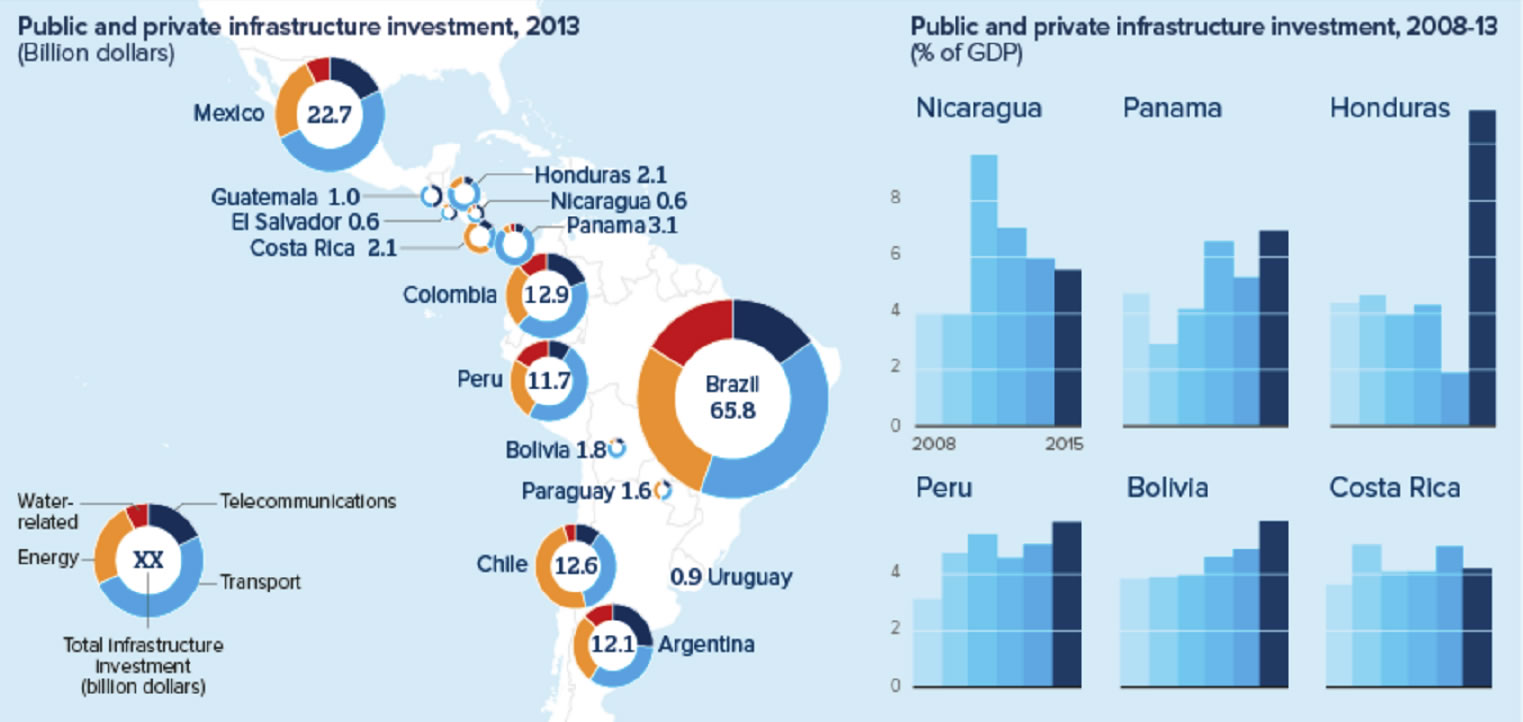
Low investment restricts Latin American infrastructure,Thursday, September 8, 2016 | Oxford Analytica
Read more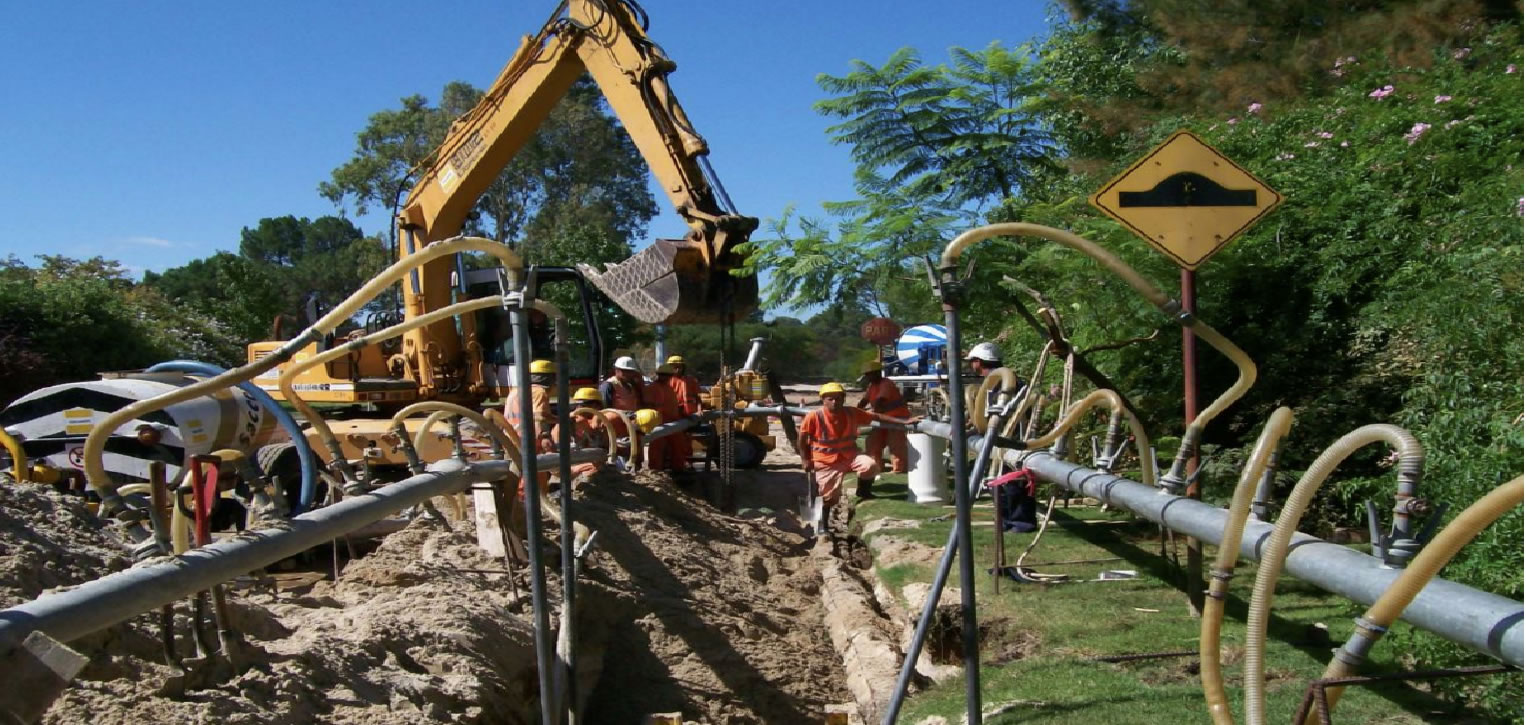
You will not find better data…And if you do, please let us know!,Tuesday, August 30th, 2016 | Blog Volvamos a la fuente
Read more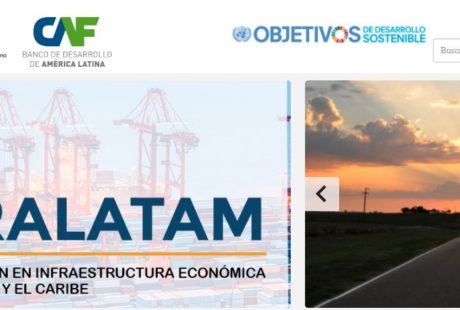
Portal reúne dados sobre investimento em infraestrutura na América Latina,Jueves, Octubre 6, 2016 | ONU BR
Read morePublications

